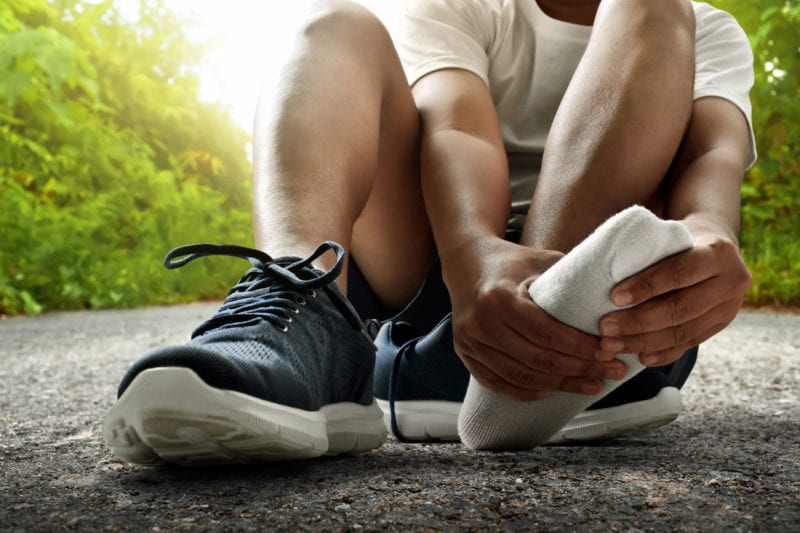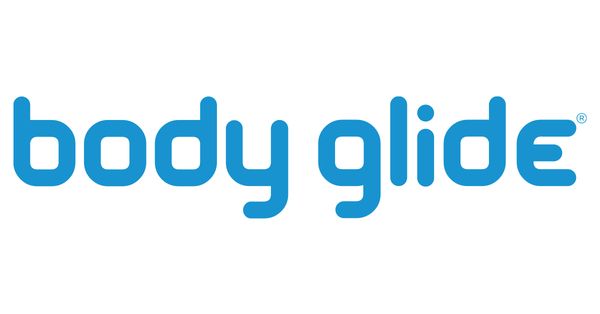
Blisters on Feet – What Causes Them?
Share
Blisters on feet; what causes them?
Preventing foot blisters before you need to heal them.
For years I experienced foot blisters and thought that they were simply inevitable. Blisters would develop when I would run, hike, and even while out walking. They were painful, I had to treat them, and I couldn’t prevent them.
Of course, I tried the most obvious solutions for blister prevention: getting comfortable, well-fitting shoes, wearing good quality socks, sometimes even adding a second pair of socks, I tried cushioning my feet with insoles, taping areas of my feet that were most often affected—there hasn’t been anything that I haven’t tried. And while some of these helped reduce blisters on my feet, they did not work all the time and they really did not work very well over time. For instance, if I was traveling and walking around all day, these short-term solutions like the taped up areas on my feet would eventually lose their adhesive – and the blisters and pain were back, again.
One day, as I was looking for better ways to quickly and painlessly deal with foot blisters, I ended up reading about other ways to prevent them before they even happen. I read about patches, powders, lubricants, and balms. I decided to try all of them to see which worked best for me.
Some of them worked pretty well but my favourite remains Foot Glide® balm. This anti-blister balm is easy to use; you just apply the stick on your feet before putting on your socks and shoes; it’s quick and easy to apply, and it works at preventing excessive rubbing, repeated friction, and blisters. Like their other products, the Foot blister prevention balm works for hours with no need for frequent reapplication. I never have to take off my shoes and socks in public or wonder if and when blisters will strike during long hikes, walks, and runs! I also love the fact that Body Glide® is not greasy and messy and feels dry!
What are blisters anyway?
I’ve learned a bit about blisters. Blisters occur when the first layer of skin pulls away from lower layers and fills with fluid. Blisters often look and feel like a firm bubble under the skin. Large or small, blisters can be extremely uncomfortable. They can get in the way of what you want to do, interrupt work, play, your fitness or training routine, or ruin your vacation. And I know.
What causes foot blisters?
In my experience, the most common type are blisters on feet. These painful fluid-filled sacs are the result of increased temperatures that make your feet sweat and swell. This causes rubbing against your shoes, even the comfortable ones. If you’re doing a lot of walking, jogging, running, or hiking, or if a sock is wrinkled, if it’s particularly hot and humid, your feet begin to swell causing rubbing and friction that eventually turn into painful blisters and chafing. How you prepare for what may seem like even the slightest rubbing will determine your fate.
Most people don’t know that moisture plays a huge role in blister development. Whether moisture from sweat, rain, puddles, or humidity in the air, moisture is a double whammy for blisters. First, wet skin is softer, less durable, more elastic and vulnerable. This means the top layer of the skin is more likely to pull away from lower layers and fill with fluid. Second, moisture changes socks from soft, protective barriers to sticky friction magnifiers! While you can reduce the effect of damp socks by wearing a moisture wicking sock liner under a heavier pair of socks, I have still earned some crazy foot blisters using this method. Some recommend the use of foot powder to reduce moisture and help prevent blisters, but I find that to be a messy, temporary at best, and just not effective.
What are the symptoms of foot blisters?
Outdoor enthusiasts are quick to talk about “hot spots” when discussing symptoms of a developing foot blister. And a hot spot is just what it sounds like; a spot on your foot that feels hot or irritated. This is your body’s first indicator that there is trouble brewing in your shoe!
If you don’t stop what you are doing, a painful, a bubble will develop in the hot spot. Unattended and if the bubble breaks, it can become infected, a real problem for active people – for anyone. Prevention, and even early intervention, can save you huge headaches . . . well, actually foot-aches!
Why is foot blister prevention better than treatment?
Most blisters can be avoided altogether by taking preventative measures instead of waiting to treat a situation that is already bad.
You can try to contain the problem with a bandage or by changing your socks and drying your feet. But I recommend you avoid the problem in the first place, and as mentioned, my go-to recommendation is Foot Glide® balm.
Before you put on socks and shoes, generously apply Foot Glide® balm anywhere skin on your feet may be or is vulnerable to any rubbing. The balm forms a comfortable, invisible barrier between your skin and forces that can rub your skin raw. The brand has been around since 1996, is time tested and is repeatedly recommended by athletes and active people. Plus, Foot Glide® balm uses allergen-free ingredients and it’s never tested on animals.
To avoid blisters, as the old saying goes, “An ounce of prevention is worth a pound of cure” – and truer words were never spoken!
– Dayne
